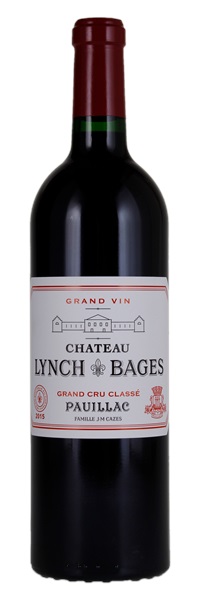
Rich, racy and voluptuous. A rush of dark red and purplish stone fruit, mint, new leather, spice and blood orange... decidedly exotic character...Raspberry jam, mocha, new leather and expressive floral notes appear with time in the glass
This has an ample core of plum, fig and blackberry compote flavors, underlined liberally with graphite and smoldering tobacco notes. Fleshy and focused, with ample grip through the juniper- and tar-accented finish. Well-built.
Offers up crushed black berries, black cherries and dried herbs with an earthy undercurrent. The medium-bodied palate is firm and taut with lively fruit and a chewy finish.